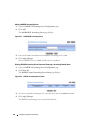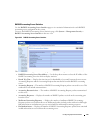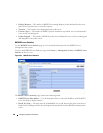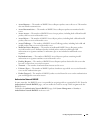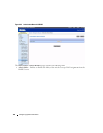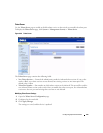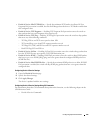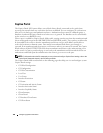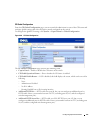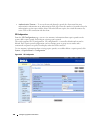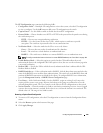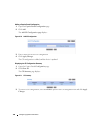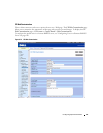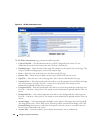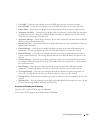
186 Configuring System Information
Captive Portal
The Captive Portal (CP) feature allows you to block clients directly connected to the switch from
accessing the network until user verification has been established. You can configure CP verification to
allow access for both guest and authenticated users. Authenticated users must be validated against a
database of authorized Captive Portal users before access is granted. The database can be stored locally
on the switch or on a RADIUS server.
When a port is enabled for Captive Portal, all the traffic coming onto the port from the unauthenticated
clients are dropped except for the ARP, DHCP, DNS and NETBIOS packets. These packets are allowed to
be forwarded by the switch so that the unauthenticated clients can get an IP address and be able to
resolve the hostname or domain names. Data traffic from authenticated clients goes through as
expected. If an unauthenticated client opens a web browser and tries to connect to network, the Captive
Portal redirects all the HTTP/HTTPS traffic from unauthenticated clients to the authenticating server
on the switch. A Captive portal web page is sent back to the unauthenticated client and the client can
authenticate and based upon the authentication the client is given access to the port.
NOTE: For information about the CLI commands you use to view and configure Captive Portal settings, refer to the
Captive Portal Commands chapter in the CLI Reference Guide:
The Captive Portal folder contains links to the following pages that help you view and configure system
Captive Portal settings:
• CP Global Configuration
• CP Configuration
• CP Web Customization
•Local User
•User Group
• Interface Association
•CP Status
• CP Activation and Activity Status
• Interface Activation Status
• Interface Capability Status
• Client Summary
• Client Detail
•CP Interface Client Status
• CP Client Status



